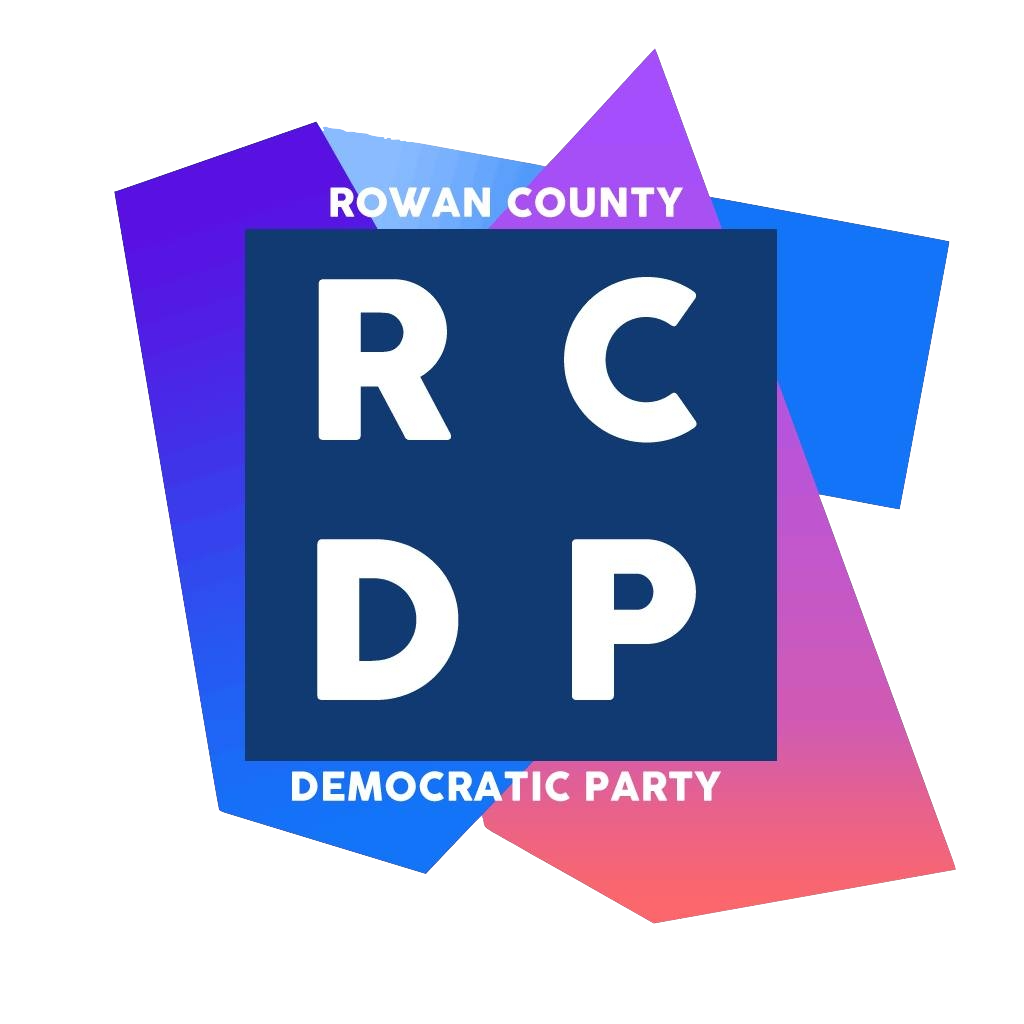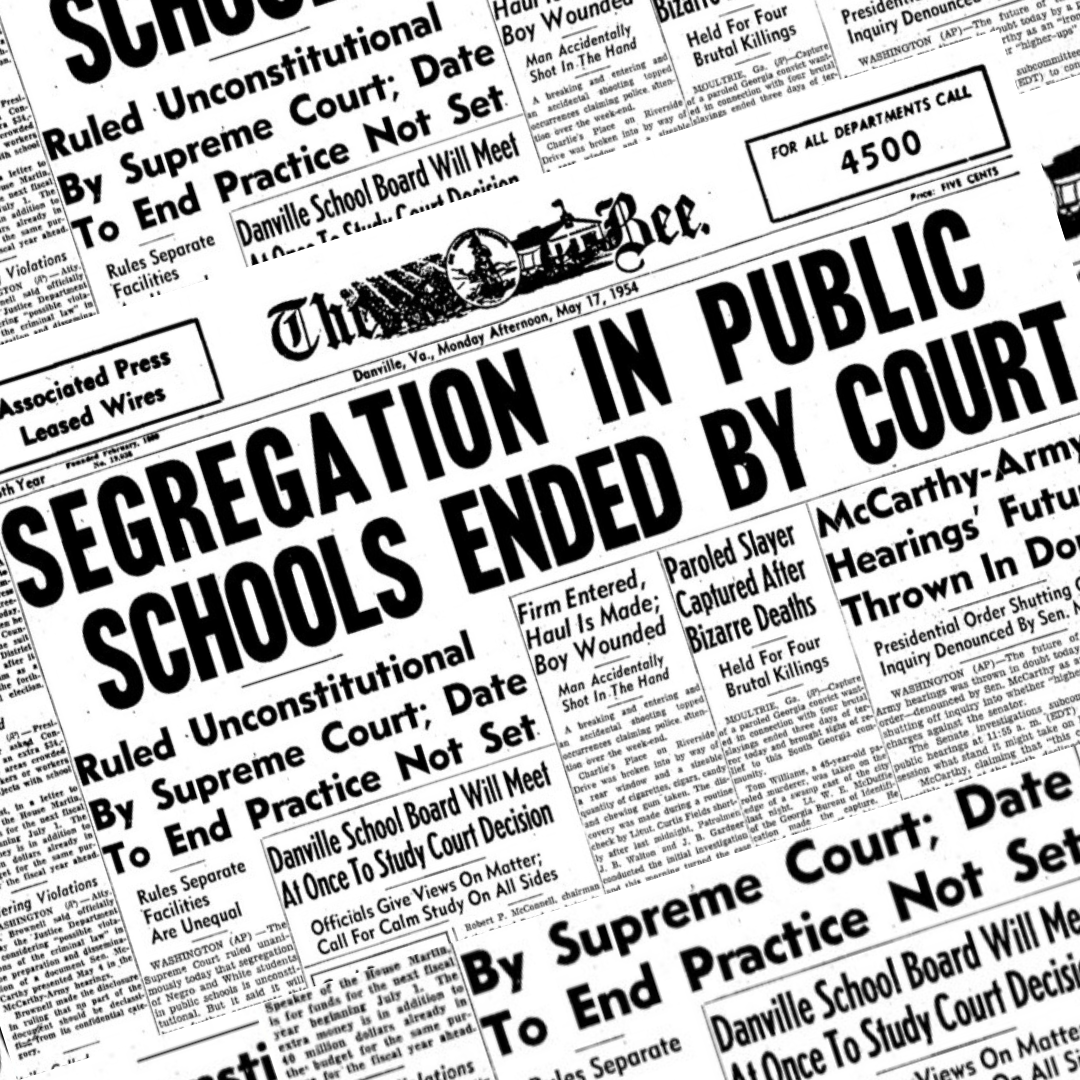NC Newsline Editor Rob Schofield – “In addition to chronicling the resegregation of North Carolina schools, the report points to several potential tools and tactics for policymakers to employ in combating this trend – though almost all would buck recent trends at the state legislature and in the Department of Public Instruction.”
This Friday, May 17, marks the 70th anniversary Brown v. Board of Education — the landmark United States Supreme Court ruling that ordered an end to racial segregation in American public schools. And while resistance to desegregation never went away, there was a window of time – particularly in the late 20th and early 21st Century — in which many states and localities, including North Carolina and several of its counties, made enormous headway in building much more diverse and better integrated public school systems.
As a new report from researchers at NC State makes clear, however, that momentum in our state has waned and now things are trending strongly in the opposite direction.
The report is entitled Can Our Schools Capture the Education Gains of Diversity? North Carolina School Segregation, Alternatives and Possible Gains. It was published earlier this month by the Civil Rights Project at the University of California, Los Angeles, and recently NC Newsline interviewed one of the authors, NC State professor of education, Jennifer Ayscue.
According to Ayscue, the gist of what she and her colleagues, Victor Cadilla, Mary Kathryn Oyaga, and Cassandra Rubinstein found is that while overall public school enrollment in North Carolina has steadily become more diverse, patterns of segregation in individual schools have greatly intensified.
And this, she says, is worrisome news since, as was noted in the release accompanying the report, “…segregated schools are systematically linked to unequal educational opportunities and outcomes, while desegregated schools are associated with numerous short-term, long-term, academic, and nonacademic outcomes for individuals and society.”
In addition to chronicling the resegregation of North Carolina schools, the report points to several potential tools and tactics for policymakers to employ in combating this trend – though almost all would buck recent trends at the state legislature and in the Department of Public Instruction. These include:
- School districts should design voluntary school desegregation policies that could include student reassignment, controlled-choice attendance and the development of more magnet schools.
- DPI should provide incentives to districts and schools via grants and technical assistance.
- State lawmakers should enact stronger charter school regulations that require the provision of transportation and free school meals, while also amending the state voucher program to include civil rights protections and greater transparency and accountability.
It should be noted that the report does not address segregation in private schools and that a) private school enrollment in North Carolina has soared in recent years, and b) research indicates that private schools are generally more segregated than public schools.
The following numbers are from the NC State researchers’ report:
41% – growth in overall North Carolina public school enrollment from 1989-90 to 2021-22 (from 1,074,120 to 1,517,300)
45% White, 25% Black, 20% Hispanic, 5% Multiracial, 4% Asian, and 1% American Indian – racial/ethnic breakdown of students in 2021-22
67% White, 30% Black, 1% Hispanic, 2% all others – racial/ethnic breakdown in 1989-90
13.5% – share of all North Carolina public schools in 2021-22 that were “intensely segregated schools of color” (schools that enroll 90-100% students of color)
3.5% – share that were intensely segregated in 1989-90
0.9% – share of North Carolina public schools in 2021-22 that were “hyper-segregated schools of color” (schools that enroll 99-100% students of color)
0.7% – share that were hyper-segregated in 1989-90
23.5% – share of charter schools in 2021-22 that were intensely segregated
6.0% – share of charter schools in 2021-22 that were hyper-segregated
1 out of 4 – share of Black student who attend intensely segregated schools
1 out of 5 – share of Hispanic students
82.6% – of the students attending intensely segregated schools of color, the share who were recipients of free or reduced-price lunch, indicating a double segregation of students by race and poverty
61.3% and 55.3%, respectively – percentage of low-income students in schools attended by typical Black and Hispanic students
38.0% and 29.4%, respectively – percentage of low-income students in schools attended by typical White and Asian students
58.9% – the typical White student attended a school where 58.9% of the students were White, even though White students only comprised 45% of the total state enrollment
41.2% – the typical Black student attended a school where 41.2% of the students were Black, even though Black students accounted for 25% of the state’s enrollment
28.3% – the percentage of White students at a school attended by the typical Black student
68.6% – despite accounting for less than half of the state’s enrollment in 2021-22, 68.6% of White students attended majority White schools
Click here to explore the report.

